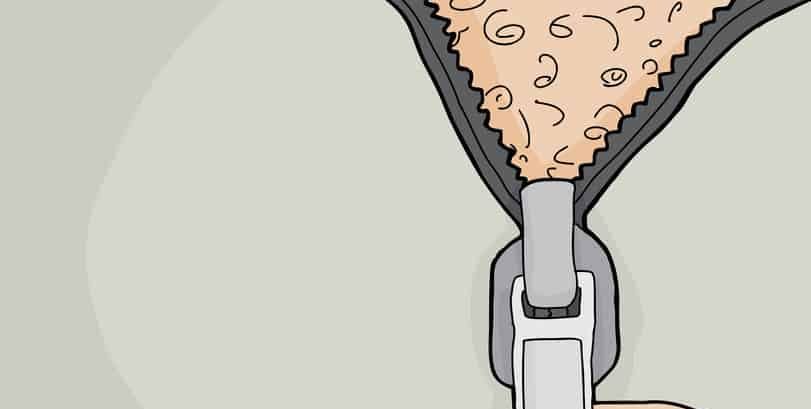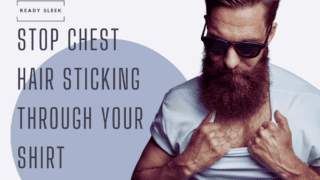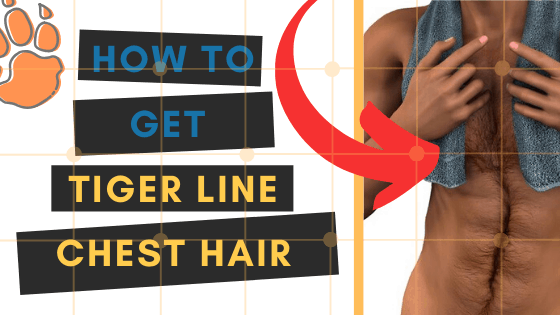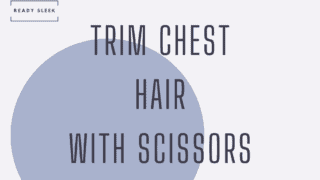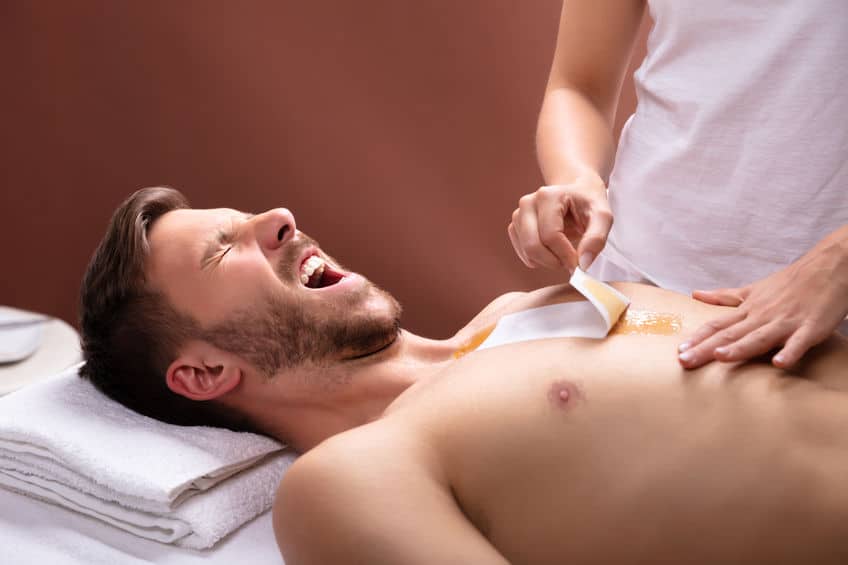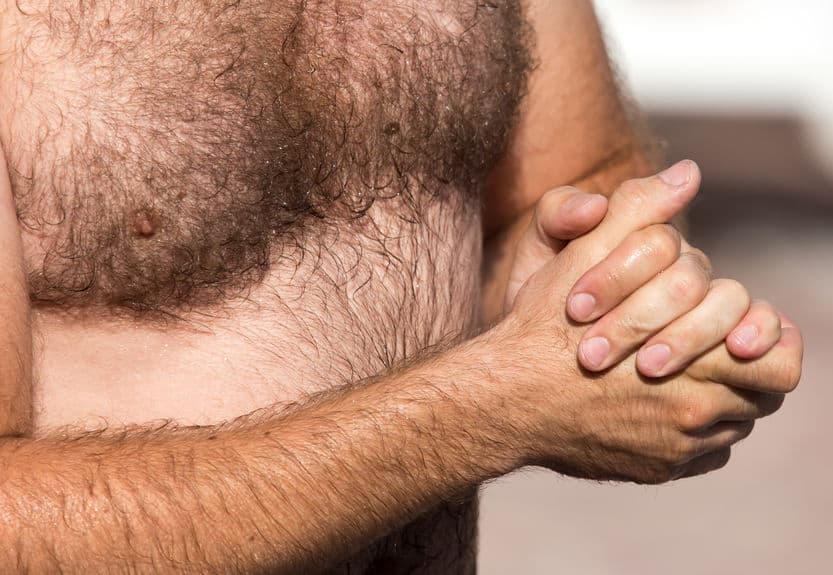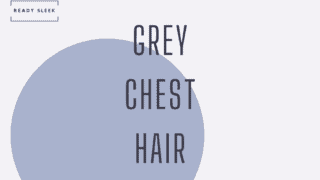Chest stubble. It’s sharp and often intrusive. Once you notice it, it can be hard to know what to do with it. Questions start to run through a man’s head. Is it obvious? How does it look?
At this point, it starts to seem pointless. Even if you were to remove it, it would just keep coming back. Ultimately, you start to wonder whether it’s even worth it.
Thoughts like this used to run through my mind. The reason I created this guide was to inform similar-minded men of what the current school of thought is, what can be done about it, and when it should be done.
Chest stubble isn’t a disaster. Most men have come across it at some point in their body grooming journey. How you deal with it can have an impact on your comfort, looks, and self-esteem.
What Does Chest Stubble Look Like?
This is what chest stubble looks like.
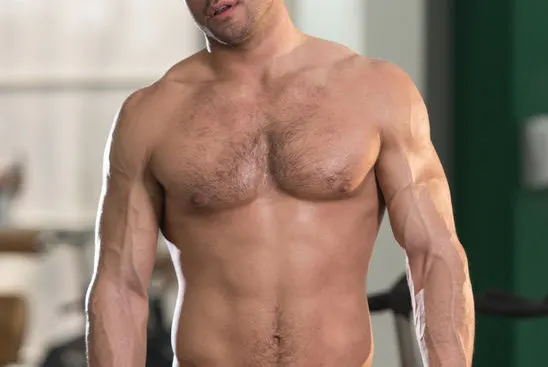
Those short, sharp, prickly strands of hair that typically sprout a few days after shaving your chest.
I’ve singled out shaving, but to be honest almost all removal methods will eventually lead to chest stubble. It’s just that shaving is the most short-term removal method and so chest stubble starts to become noticeable sooner. We’ll come on to this soon.
Does it look acceptable? It can look quite obvious. An outside observer could quite easily be able to tell that you’ve recently removed your chest hair. In this day and age, I don’t think that’s a big deal.
But because it looks quite sporadic and artificial, it generally doesn’t look great.
What Exactly Is Chest Stubble?
It would be useful to define chest stubble before going on to analyze it. I’ve written many articles on this blog about facial stubble – shaping, grooming, softening, and more.
I define facial stubble in line with the general consensus – less than 5mm long. I feel that this definition would work well with chest stubble as well.
However, I don’t think it’s helpful to be as specific. Unlike facial stubble, I do think chest stubble is seen as more of a nuisance and less of a style.
Because of this, I’d rather define chest stubble in terms of how a man perceives it. If the hair on your chest is short and feels prickly you have chest stubble.
Can You Prevent Chest Stubble?
The short answer would be no, not really. But that wouldn’t be strictly true.
It’s true that most of the mainstream and quick removal methods are short-term. For a while, that chest will feel and look beautifully smooth.
But after that grace period, those mini-hairs start to sprout out. What we know about hair is that the shorter it is, the sharper the edges.
Certain removal methods will give you a longer grace period without chest stubble. As I mentioned, shaving is the most short-term.
It simply cuts the hair strand at the level of the skin. You’ll probably notice chest stubble after a few days.
In contrast, waxing removes the hair strands at the root-level. Because of this, it takes longer for stubble to start sprouting out.
Chest Stubble And Itching: What You Need To Know
Why Does Chest Stubble Itch?
The shorter the hair, the sharper its edges. When these sharp edges start to prick against the chest skin as your shirt presses against it, it causes a prickly itch.
But that’s not the only source of the itch. All removal methods do irritate the skin to a certain extent. This direct skin irritation also causes a degree of itching.
If you have any concerns about irritation or itching, be sure to seek professional advice.
Conclusion
Having a full understanding of what chest stubble is, what it looks like, and what causes it is essential when trying to actually deal with it.
As you’ve probably gathered from this article, there isn’t a whole lot that can be done to prevent it. Most chest hair removal methods will eventually lead to chest stubble.
Ready Sleek founder. Obsessed with casual style and the minimalist approach to building a highly functional wardrobe. Also a fan of classic, vintage hairstyles.

